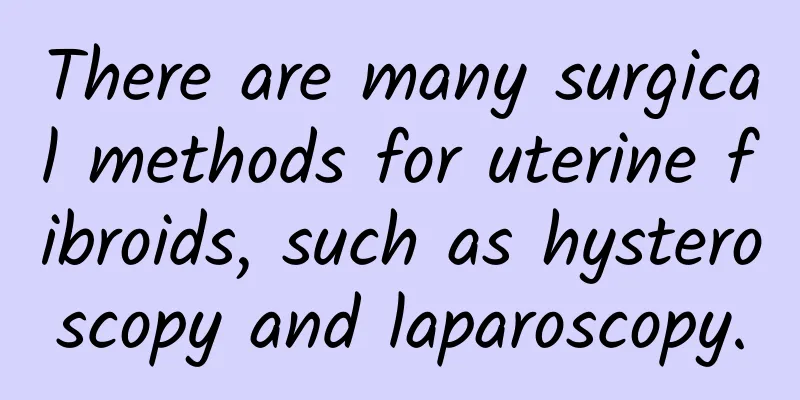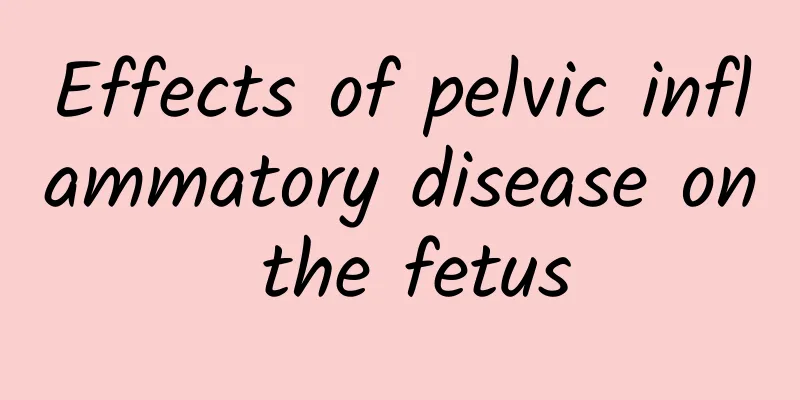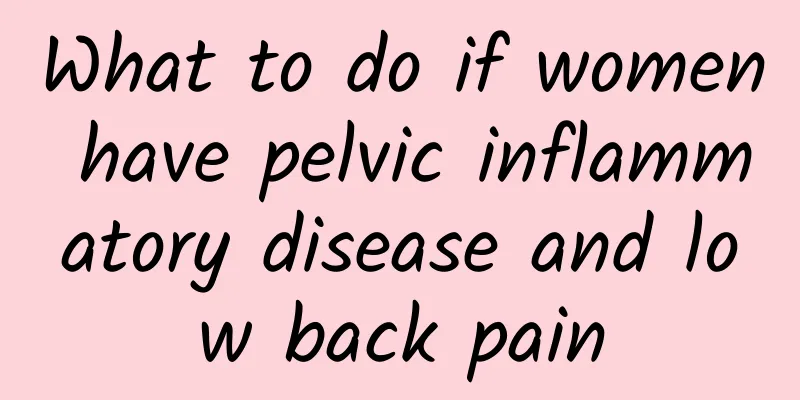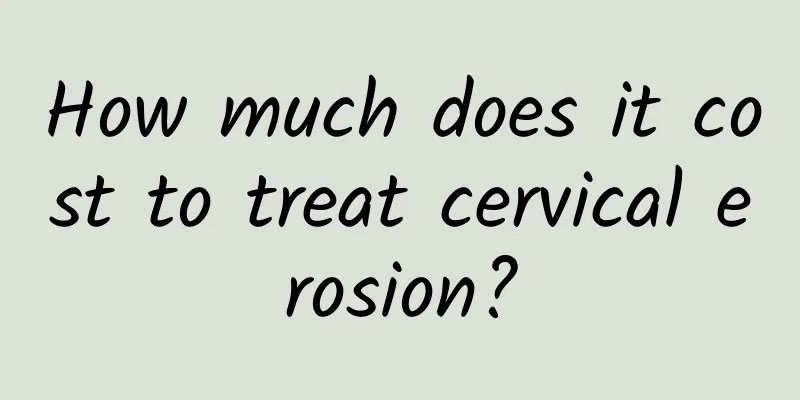There are many surgical methods for uterine fibroids, such as hysteroscopy and laparoscopy.

|
There are many surgical methods for uterine fibroids, such as hysteroscopy and laparoscopy. 1. Routine gynecological examination: In addition to routine gynecological examination, patients with uterine fibroids must also undergo detailed diagnosis, first to determine the location of the fibroids, and second to determine whether the fibroids are single or multiple. This is directly related to the choice of surgical method and should not be treated carelessly. The examination fee should be determined based on the charging standards, examination items, and specific circumstances. 2. Surgical costs: There are many surgical methods for uterine fibroids, including BBT self-coagulation knife surgery, hysteroscopic minimally invasive surgery, etc. The cost of each surgical method is different. 3. Postoperative pharmacology: After the treatment of uterine fibroids, the most feared thing is inflammation or residual sequelae. In order to prevent recurrence, the doctor will usually prescribe you medicine, which you should take regularly, insist on taking, and go for follow-up visits on time. These details may not seem to be noticeable, but in fact, they are the top priority in the treatment of uterine fibroids. If you neglect them, the possibility of recurrence will increase exponentially. Of course, although this link is important, the cost is not too high. For patients with mild uterine fibroids, most people will undergo conservative treatment with drugs. The treatment of uterine fibroids is nothing more than drugs and surgery. The specific method to be taken depends on the location of the patient's uterine fibroids. According to the location of tumor growth, it can be divided into three categories: intramural myoma, subserosal myoma, and submucosal myoma. |
>>: Women with irregular menstruation are more likely to develop diabetes
Recommend
Body Shaping Tutorial - The Fantasy Thigh Curve (Part 1)
Do you always have fat thighs if you don't ex...
Nursing methods after uterine fibroid surgery Dietary nursing methods after uterine fibroid surgery
For patients who do not respond well to drug trea...
TCM Syndrome Differentiation and Classification of Senile Vaginitis
Senile vaginitis belongs to the category of "...
Say goodbye to cervical erosion and return to a healthy life
Zheng Shuang is 30 years old this year. She has a...
The dangers of pelvic peritonitis in women
What are the dangers of pelvic peritonitis? This ...
Experts reveal the five major symptoms of ectopic pregnancy
As more and more patients with ectopic pregnancy ...
Precautions during treatment of chocolate cysts
What are the precautions for chocolate cyst treat...
Expert introduction: Is irregular menstruation a gynecological disease?
There is no specific answer to the question of wh...
To prevent vaginitis, pay attention to reducing irritation or allergies
Although vaginitis is very common, we cannot igno...
How to beautify your breasts at home! Learn 2 tricks to fight gravity and prevent your breasts from slumping or sagging
Are you suffering from the annoying problem of br...
What examinations should be done before uterine fibroid surgery? What preparations should be done before uterine fibroid surgery?
Uterine fibroids are the most common tumors of th...
Is 30mm of pelvic effusion serious?
Is pelvic effusion of 30mm considered serious? 1....
What should I do if I have irregular menstruation for a long time?
What should I do if I have irregular menstruation...
Break through the weight loss plateau! Chili green tea boosts metabolism
You've clearly reduced your food intake, but ...
Fat hands that refuse love! 7 Foods to Get Back Your Slim Waist
If a woman has extra fat around her waist, it is ...









